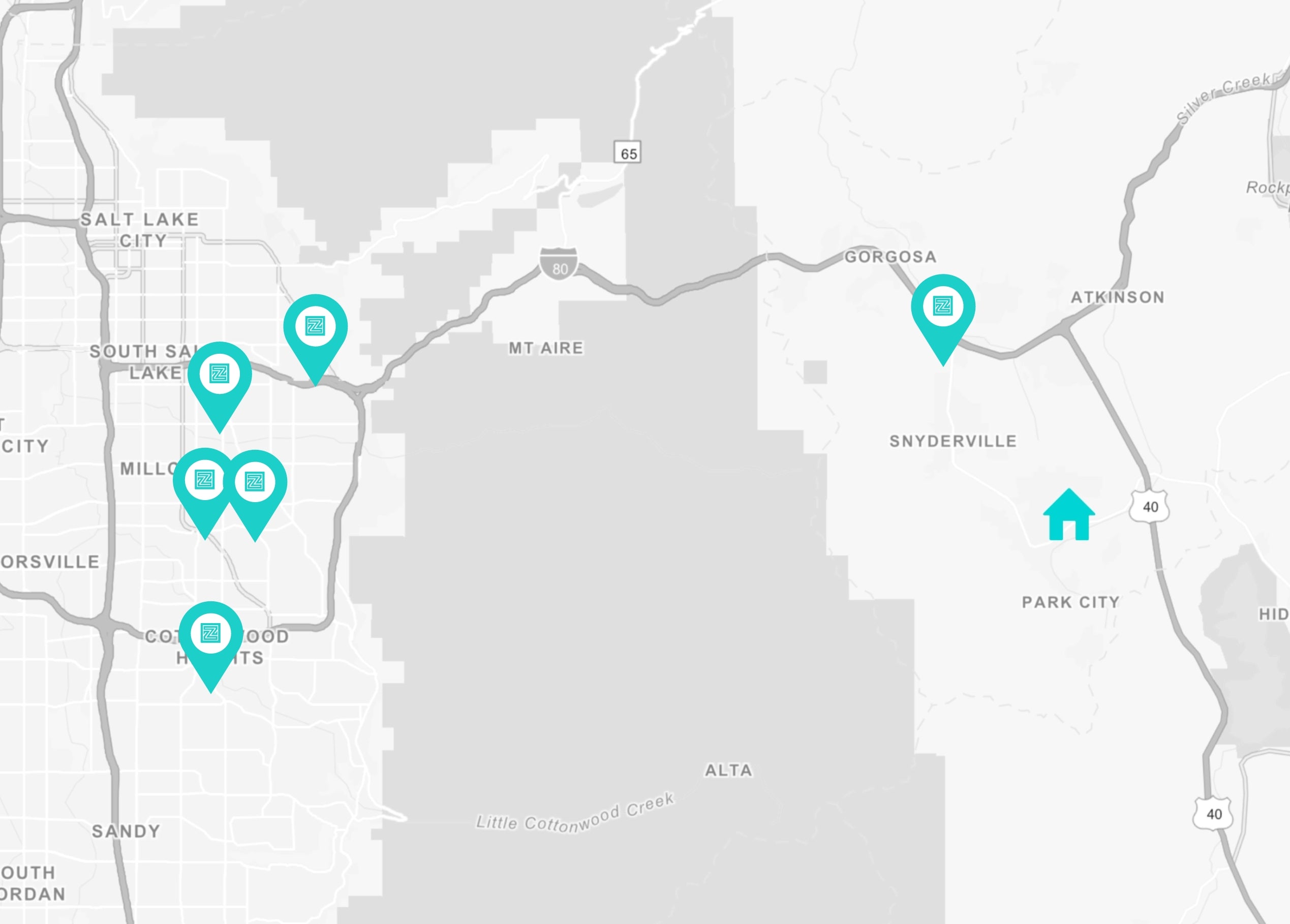
Intuitive eating is a relatively new concept and it’s already reshaping the way we look at diet culture. It has absolutely nothing to do with dieting, discipline, meal planning or willpower. Rather, it’s about getting in touch with how your body is feeling, checking in on your relationship with food, and learning to trust yourself again.
The most difficult part for a lot of people is getting started, which is completely understandable. Given the hyper-interactive, social media-driven world that we currently live in, we’re constantly exposed to diet plans, “perfect” bodies, and trendy “wellness hacks.” Overexposure to things such as these can be incredibly taxing on our mental health, which can show up in our physical health and our experience with food. Most of us, at some point in our lives have had a troubled relationship with food, and intuitive eating is about mending that relationship and starting anew. So yeah, getting started can be tough.
And that’s why we created this basic guide to intuitive eating. If you don’t know what it is, it can sound lofty and intimidating, but in reality, there’s not much to it besides letting go.
1. Reject diet culture
Most things you read about intuitive eating will start here. Rejecting diet culture is a monumental first step in intuitive eating, and it will be incredibly difficult to practice intuitive eating without doing it. It’s time to forget every miracle product, diet trend, and every “quick & easy tip” you’ve ever heard and it’s time to unfollow any fitness or foodie “influencer” that makes you feel bad about yourself. Most of these things/products/people were designed to make you feel bad so you’d give their thing/product/trend a shot.
So start following people with a body positivity and anti-diet philosophy, people who care about health and not body shape or size. Once you remove all the body-negativity you’ll be able to access a better, more positive mindset about your body and food.
2. Make peace with food & check in on implicit food policies
It’s time to throw out the list of foods you “should” and “shouldn’t” eat. Having such a list sets you up for failure, because any time you dip into the “shouldn’t” column, chances are you’ll have a negative reaction that will ultimately set you back.
The bagel that’s on your “shouldn’t” list? It contains valuable whole grains, fiber, folic acid and magnesium, and they can give you a ton of energy.
Those peanuts you’re avoiding because they’re “high in calories and fat”? Well those fats are healthy fats and they’re an excellent source of protein and fiber.
So tear it up, shred it, burn it, I don’t really care what you do with it, as long as you get rid of it.
And it’s time to check in with your food policies, which are rules and mindsets that you develop over long periods of time that shape the way you think about your relationship with food. These are often thoughts like “I was good for eating a salad during lunch,” and “I was bad for having a slice of cake after dinner.” If you take the time to become conscious of what these policies are, you can work to challenge those policies and make amendments to them that allow for more flexibility and kindness.
3. Start using a hunger-fullness scale
Honor Your Hunger and Respect Your Fullness are the two pillars of intuitive eating. The hunger-fullness scale is traditionally numbered 1-10, 1 being famished and faint, 10 being overstuffed to the point of feeling sick. Tuning into this general scale will help you to realize when you need to find food ASAP, when you could hold off a bit, and when you should seriously consider pumping the brakes.
When you’re using the scale, you can think of it like this:
- While you’re getting ready for a snack or a meal: Where am I at? Ideally I should be between a 3 and a 4.
- Mid-snack or meal: Where am I now?
- Continue eating until you get to about a 6 or a 7
4. Forget what you SHOULD eat, what do you WANT to eat?
By allowing yourself to eat what you want, you begin to break the toxic, cyclical pattern of what you “should” and “shouldn’t” eat, and by using the fullness scale, you can eat an appropriate amount of whatever you please. As you begin to trust your body again, you’ll be able to enjoy all foods and satisfy your cravings without experiencing discomfort physically or mentally. If you’re unsatisfied with the foods you choose to eat, chances are you’ll continue eating until you’ve found something satisfactory and at that point, will have over eaten. When you eat foods that you want, you’re more likely to feel content earlier on with all of the pleasure and the satisfaction you were looking for without over eating.
5. Make peace with your body
This step can often be the most difficult to overcome. Seeing your own body in a positive light can be incredibly challenging and it can take a lot of time, positive self-talk, communal backing (via blogs or others’ experiences), and sometimes external verbal support. We are often our biggest barrier to happiness, so if you start commending your body for what it can do rather than condemning it for how it looks you can radically change your approach to food and to yourself.
Rather than thinking:
- “Why don’t I look like that Instagram model?”
- “I need to get rid of this celulite.”
- “I wish I wasn’t so bulky.”
- “I wish that I had some more meat on my bones.”
- “Eating that was a terrible idea. I’m going to pay for that later.”
Tell yourself:
- “I was able to move all those boxes at work today all by myself, it’s pretty cool that my body could do that.”
- “My body just got me through a whole yoga class!”
- “The food that I ate today really helped energize me.”
- “My strength and size just allowed me to ski down a mountain. That’s pretty rad.”
- “I tried something completely new today, and the fact that my body had the ability to do that is amazing.”
It’s much easier said than done, but if you begin to utilize this mindset as your mantra it could eventually make a huge difference in the way you view yourself and help you recognize what an incredible tool your body can be.
Intuitive eating will probably take some work, but the point is that it will work. So ditch the diets and the appetite suppressant lollipops and get in tune with your body and mind.


